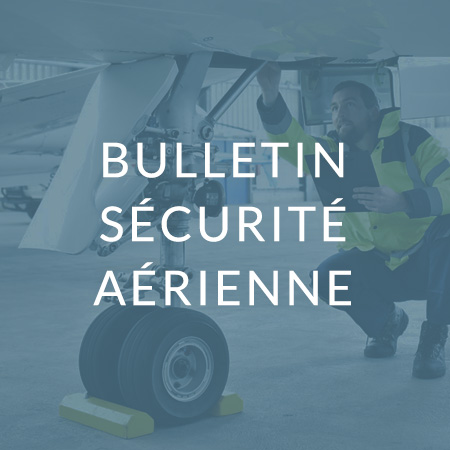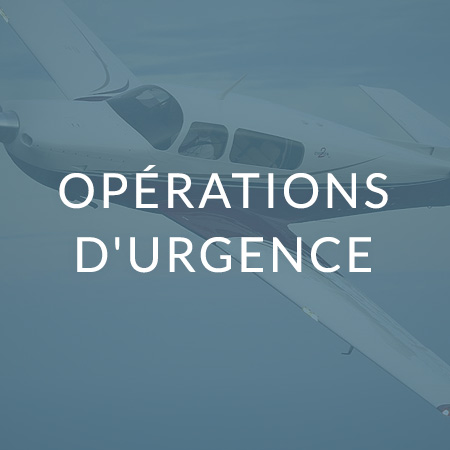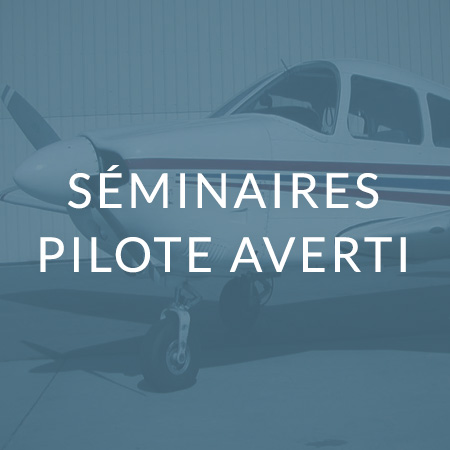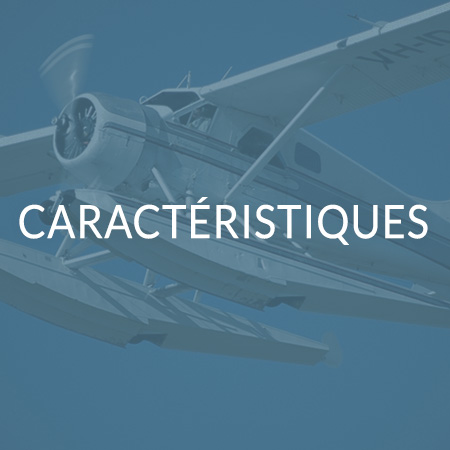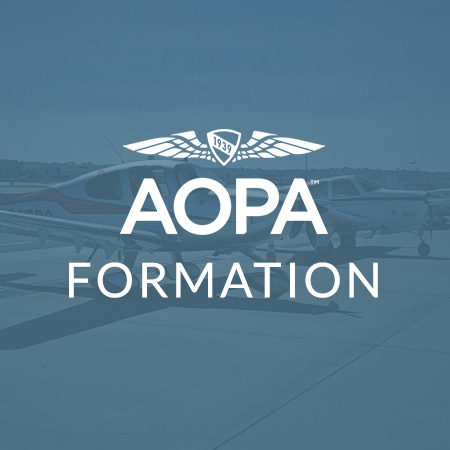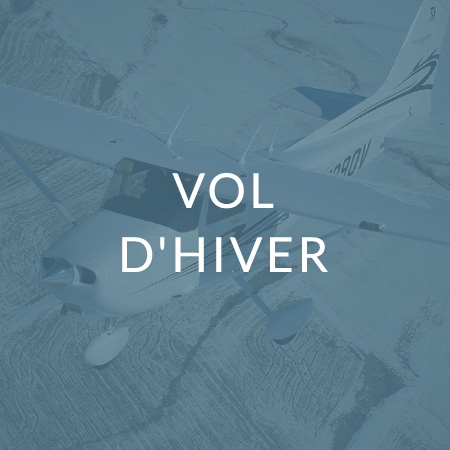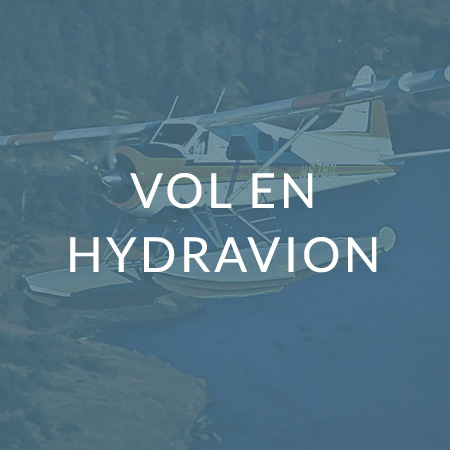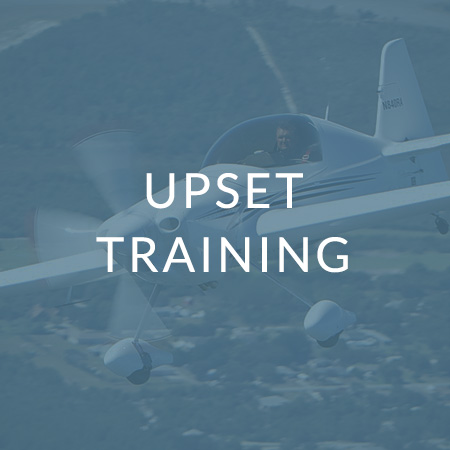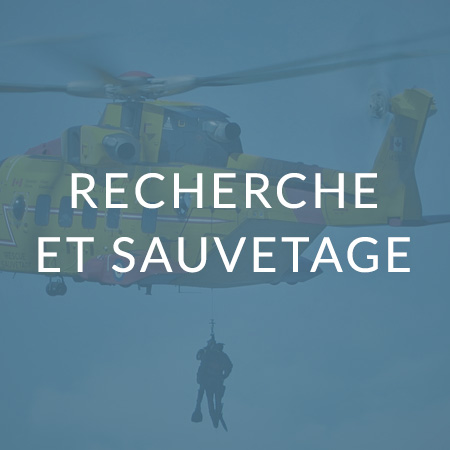From Issue 1/76
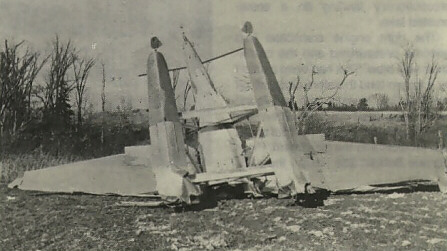
Frost and Flight
When we say that we hate to tell this story, we really mean it. It's a story we've told you before but still needs retelling.
After takeoff the aircraft remained in a steep nose-high attitude. stalled, and dived into the ground. Witnesses heard the engine run erratically and it was not producing power at impact. However. more slgnificantly the aircraft was noticed minutes after the accident to be covered with a heavy layer of frost.
Medical evidence established that the pilot had experienced stress for several minutes before the impact, probably due to the feeling of doubt about his aircraft. And well he should have — the aircraft had been on the river overnight where it had accumulated a heavy layer of hoarfrost on its white wings. Further. a significant amount of ice and water was found in the fuel system. With the daily temperatures varying above and below freezing, condensation was inevitable in the half-filled tanks. The below-freezing temperatures at the time also added to risk of ice accumulation on the tailplane during takeoff.
He may have discounted the significance of the hoarfrost on his wings — if he had noticed it. In any case. it would have been an awkward job to remove it, with his high-wing aircraft sitting out on the water. But the fact remains that a wing will lose lift when the air rushing over the upper surface does not adhere firmly to its curvature. And nothing will unglue air more readily than the irregular surface created by hoarfrast or snow crust. Every year there's evidence that pilots choose to flirt with this lethal hazard.
Originally Published: ASL 1/1998
Original Article: From Issue 1/76 - Frost and Flight






